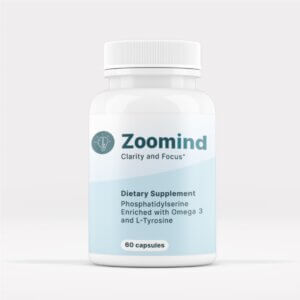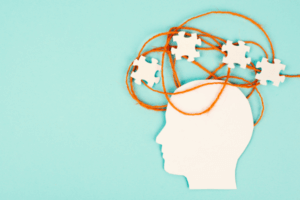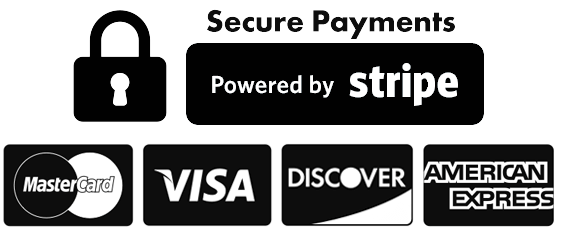Attention-deficit/Hyperactivity Disorder (ADHD) is a condition that can affect children from around six years of age and can persist through adulthood. While there is no known cure for ADHD, most of the current treatments exist to control the symptoms (not the cause) of the disorder as much as possible to allow a person to lead an everyday life.
The primary treatments are:
- Prescribed medication
- Dietary supplements
- Personal interventions
It’s widely accepted that there’s no absolute cure for ADHD. In each of these, the goal of treatment is to relieve the symptoms or reduce the degree of severity. In this article, we focus on the most commonly prescribed medication that doctors and other healthcare providers turn to.
As we have detailed here, there are two main classes of prescribed medications: stimulants, and non-stimulants.
Stimulants
Stimulants have been around since the 1960s. They are generally believed to be the most effective medication for most kids. About sixty percent of all children and teenagers diagnosed with ADHD are prescribed stimulants at some point.
Q1.1. Which are the most widely prescribed stimulants for treating ADHD?
The most widely prescribed stimulants for treating ADHD include medications like methylphenidate (Ritalin, Concerta) and amphetamines (Adderall, Vyvanse). These drugs generally improve attention and reduce impulsivity and hyperactivity in 70 to 80 percent of patients.
However, for the rest of the people with ADHD, stimulants either do not work or result in adverse side effects that outweigh the benefits. For these patients, trying another form of treatment is the next step.
Q1.2. What are the positive features of the treatment of ADHD with stimulants?
Stimulant medications work by increasing the number of neurotransmitters such as dopamine, norepinephrine, and serotonin sent to the brain and stopping them from being degraded. The main positive features of stimulant treatment for ADHD are their effectiveness in reducing symptoms like inattention, impulsivity, and hyperactivity and improving academic and social functioning.
Stimulant medications offer several advantages over non-stimulants in terms of speed of action and dosing flexibility as a treatment option for ADHD.
- Speed of action: Stimulant medications generally act quickly, with effects typically noticeable within 30 – 60 minutes after administration. This allows for immediate symptom relief and helps individuals with ADHD to manage their daily activities better. Non-stimulant medications can take several weeks to achieve their full therapeutic effect.
- Dosing flexibility: Stimulant medications are available in various formulations, including immediate-release, sustained-release, and extended-release options. Immediate-release medications can provide short-term symptom relief, while extended-release options offer longer-lasting effects with fewer daily administrations. This allows healthcare providers to tailor treatment plans according to their patient’s specific needs, balancing the desired duration of effect with the potential for side effects. The availability of different dosages also allows for adjustments to find the optimal dose for each individual, which can minimize the side effects while maximizing the therapeutic benefits.
- Ease of prescription: Stimulant medications are often considered a first-line treatment for ADHD, meaning most healthcare providers have extensive experience in managing their use and are well-equipped to monitor patients for potential side effects, adjust dosages as needed, and provide guidance on medication management.
Q1.3. What are the main negative aspects of the treatment of ADHD with stimulants?
Like most drugs, some mild side effects often accompany stimulants and they need monitoring. These include appetite suppression, nausea or vomiting, dry mouth, and weight loss. They should diminish as the body grows used to the drug. The prescribing healthcare professionals should be made aware of any side effects, especially if they persist or get worse.
The main negative aspects of stimulant treatment are the possibility of abuse or dependency. ADHD medication misuse is also a growing problem, owing to the attraction of the stimulant effects, especially for teenagers and younger adults. This is leading to a growing number of students who are taking ADHD medication without ADHD.
Methylphenidate and amphetamines are classified as Schedule II controlled substances by the U.S. Drug Enforcement Administration (DEA) due to their potential for abuse and dependence.
Dependence comes from a physical or psychological reliance on a substance when a person experiences withdrawal symptoms if intake is discontinued or reduced. Stimulant medications can lead to physical dependence in some cases, as the body may adapt to the presence of the drug over time. This can result in the need for increasing doses to achieve the same therapeutic effects or to avoid withdrawal symptoms. This can in turn amplify the usual adverse effects such as fatigue, depression, and disturbed sleep patterns. Psychological dependence can also grow, as individuals may develop a strong desire or craving for the medication, believing they cannot function properly without it.
Abuse refers to the intake of a substance to achieve an effect different from its intended therapy. Stimulant medications have the potential for abuse due to their ability to enhance cognitive performance, increase alertness, and induce a sense of well-being or euphoria. Especially for older teenagers who may be more prone to experimenting with drugs or through inappropriate routes of administration (e.g., snorting or injecting), taking higher doses or using someone else’s prescription can lead to serious health risks, such as cardiovascular issues, increased blood pressure, seizures, and psychological consequences such as agitation, paranoia or hallucinations. Chronic misuse can also affect growth and development.
Non-stimulants
Because of the significant proportion of ADHD sufferers who cannot use stimulant medications either because of ineffectiveness or due to serious side effects (around 20%-30%), a different method of treatment has been developed that does not directly involve boosting the levels of dopamine in the central nervous system. Several antidepressants were found to be effective in treating ADHD. They were prescribed off-label because the FDA initially licensed them for other conditions. Some of these have now been released as approved for ADHD patients.
Q2.1. Which are the most widely prescribed non-stimulants for treating ADHD?
Non-stimulant medications like Strattera (atomoxetine), Intuniv (guanfacine), Wellbutrin SR and Wellbutrin XL (bupropion), guanfacine (Intuniv), Catapres and Kapvay(clonidine) offer positive features including a lower risk of abuse and dependence and a potentially smoother duration of effect throughout the day.
Some off-label medications used for treating ADHD include tricyclic antidepressants (TCA) and Provigil (modafinil ). The main positive features of treatment with off-label medications include the possibility of effective symptom management for individuals who do not respond well to or cannot tolerate stimulants or non-stimulants, as well as addressing co-existing conditions like depression or anxiety.
Q2.2 What are the main benefits of the treatment of ADHD with non-stimulants?
Non-stimulants have a longer-lasting and smoother effect than many stimulants, which can take effect and wear off quickly. They do not cause most of the same side effects of stimulants, like agitation, sleeplessness, or lack of appetite. They also don’t pose the same risk of abuse or dependence.
Q2.3 What are the main risks of the treatment of ADHD with non-stimulants?
The main negative aspects of off-label treatment for ADHD include potentially lower overall effectiveness compared to stimulant medications, a lack of experience in managing their use, and side effects that vary widely depending on the specific medication used and interactions with other medications that a patient may be taking.
There are also reports of an increased danger of suicidal thoughts in younger patients, and some of the medications carry a “black box” warning about this possibility.









